All extension tubes are designed to enable a camera lens to focus closer than a lens’s minimum object distance (MOD) for more magnification. Pentax 67 extension tubes are mounted to the inner bayonet of Pentax 6X7/67/67II cameras and permit automatic diaphragm operation with interchangeable lenses of 45mm — 300mm focal length. This article covers only Pentax 67 extension tubes for the inner bayonet. Extension tubes for the outer bayonet lack automatic diaphragm operation but the mathematics are the same.
Exposure factor
The exposure factor is a value by which shutter speed should be multiplied to get the film properly exposed when doing a macro or close-up shot with the lens extended by extension tubes.
The further the lens moves forward, the greater the distance between the lens and film plane, and the less amount of light reaching the film. Therefore exposure must be increased to compensate for the loss of light. This is called the “exposure factor”.
To calculate exposure factor (EF) properly you need to know three parameters: focal length (f), lens helicoid extension (He) and total length of the extension tubes (Te). This is a formula to calculate exposure factor: EF = ( (f + Te + He ) / f )2.
We already know the focal length. Pentax 67 extension tubes were produced as a set of three tubes of different length: #1 — 14mm, #2 — 28mm, and #3 — 56mm. See the top image for details. Now, we can calculate the total length of the set of tubes that we are working with. So, all we have to do is to measure the lens helicoid extension.
by adding together all the required figures
Lens helicoid extension
Most lenses are made in such a way that no exposure compensation is required when you shoot at maximum helicoid extension because the loss of light in such case amounts to not more than 0.3EV, which is easily superseded by the exposure latitude of the film. That is why people typically disregard calculating the exposure factor, except for some lenses with a minimum focal distance of less than 8× of the lens focal length.
However, it should be figured out in macro photography with the use of extension tubes to accurately determine exposure, as the lens is already extended by tubes and additional helicoid extension leads to a sharp increase in exposure factor.
For instance, the maximum helicoid extension of a 90mm F2.8 lens is 22mm, and in the case of 135mm F4 Macro lens it amounts to 42mm, which is equivalent to tubes #1+2. Thus, exposition should be adjusted in such lenses under maximum extension even when they are used without any extension tubes: +0.5EV and +0.8EV respectively.
Well, it is not difficult to measure helicoid extension with a regular ruler. Please take a look at the image detailing how to do it. I’ve used 135mm F4 Macro for example. In the top image, the focus is set to the infinity — red mark at 10mm. In the bottom image, the focus is set to the closest distance — the red mark at 52mm. So, the helicoid extension is 42mm.
Pentax 67 extension tubes & Exposure compensation calculator
No we can proceed to calculate exposure factor. I’ve made a simple calculator which facilitates this function for Pentax 67 most popular lenses: 90mm F2.8, 105mm F2.4, 135mm F4 Macro, 150mm F2.8 and 165mm F2.8.
Exposure factor: —
Compensated shutter speed: —
Magnification: —
Effective lens speed: —
Picture area: —
To carry out calculations you should first select a lens from the list and a combination of extension tubes which you use for your purposes, as well as lens helicoid extension, whose calculation I’ve already described. The exposure factor will be calculated automatically.
You can also specify the shutter speed which you’ve measured with an exposure meter. The appropriate shutter speed will be calculated with regard to an exposure factor.
As a bonus, the calculator provides additional useful data for macro work: magnification, effective lens speed, and picture area.
Life size ratio
There is a rule: to get 1:1 magnification with any lens you need to extend it by its focal length. For example, to get 1:1 with 105mm F2.4 you need to use tubes #1+2+3 (98mm) and helicoid extension by 7mm, for 90mm F2.8 you need tubes #2+3 (84mm) and helicoid extension by 6mm, and for 135mm F4 Macro you need to use tubes #1+2+3 (98mm) and helicoid extension by 37mm. In this case the exposure factor will be x4 that gives +2EV of exposure compensation.
Exposure compensation without extension tubes
Yes, you may need it. But it depends on the lens you use and the helicoid extension. It is better to check this with the calculator. In my experience, if the loss of light is more than 0.3EV you would better to adjust exposure.
Pentax 67 extension tubes magnification chart
| Lens | #1 | #2 | #2+1 | #3 | #3+1 | #3+2 | #3+2+1 |
|---|---|---|---|---|---|---|---|
| 45mm F4 | 0.31 ~ 0.48 | 0.62 ~ 0.79 | 0.93 ~ 1.1 | 1.24 ~ 1.41 | 1.56 ~ 1.72 | 1.87 ~ 2.03 | 2.18 ~ 2.34 |
| 55mm F4 (I) | 0.25 ~ 0.45 | 0.51 ~ 0.71 | 0.76 ~ 0.96 | 1.02 ~ 1.22 | 1.27 ~ 1.47 | 1.53 ~ 1.73 | 1.78 ~ 1.98 |
| 55mm F4 (II) | 0.25 ~ 0.49 | 0.51 ~ 0.75 | 0.76 ~ 1.0 | 1.02 ~ 1.25 | 1.27 ~ 1.51 | 1.53 ~ 1.76 | 1.78 ~ 2.02 |
| 90mm F2.8 | 0.16 ~ 0.36 | 0.31 ~ 0.51 | 0.47 ~ 0.67 | 0.62 ~ 0.82 | 0.78 ~ 0.98 | 0.93 ~ 1.13 | 1.09 ~ 1.29 |
| 105mm F2.4 | 0.13 ~ 0.27 | 0.27 ~ 0.4 | 0.4 ~ 0.53 | 0.53 ~ 0.67 | 0.67 ~ 0.8 | 0.8 ~ 0.93 | 0.93 ~ 1.07 |
| 135mm F4 Macro | 0.1 ~ 0.41 | 0.21 ~ 0.52 | 0.31 ~ 0.62 | 0.41 ~ 0.73 | 0.52 ~ 0.83 | 0.62 ~ 0.93 | 0.73 ~ 1.04 |
| 150mm F2.8 | 0.09 ~ 0.23 | 0.19 ~ 0.32 | 0.28 ~ 0.41 | 0.37 ~ 0.51 | 0.47 ~ 0.6 | 0.56 ~ 0.69 | 0.65 ~ 0.79 |
| 165mm F2.8 | 0.08 ~ 0.21 | 0.17 ~ 0.3 | 0.25 ~ 0.38 | 0.34 ~ 0.47 | 0.42 ~ 0.55 | 0.51 ~ 0.64 | 0.59 ~ 0.72 |
Pentax 67 extension tubes offline calculator
Finally, I’ve decided to make a spreadsheet calculator for Microsoft Excel, LibreOffice Calc, or a similar program. Follow this link to download it. Thanks to the reader who requested this option.
Extension tubes mathematics
If you are interested in learning more about mathematics of extension tubes, read this article by Douglas A. Kerr The Mathematics of Extension Tubes in Photography.
More lenses
Let me know If you would like me to add other lenses to the calculator. I will do it as soon as I possibly can.
P.S.
Thanks for reading! I would be very grateful if you point out my possible mistakes, add extra information, or just share your experience. Scroll down to the Leave a reply section and share your thoughts about it. Your opinion is important for me. I enjoy answering your questions as the answers may often benefit many other readers and the process of answering allows me to better piece together my existing knowledge and find ideas to improve my articles.


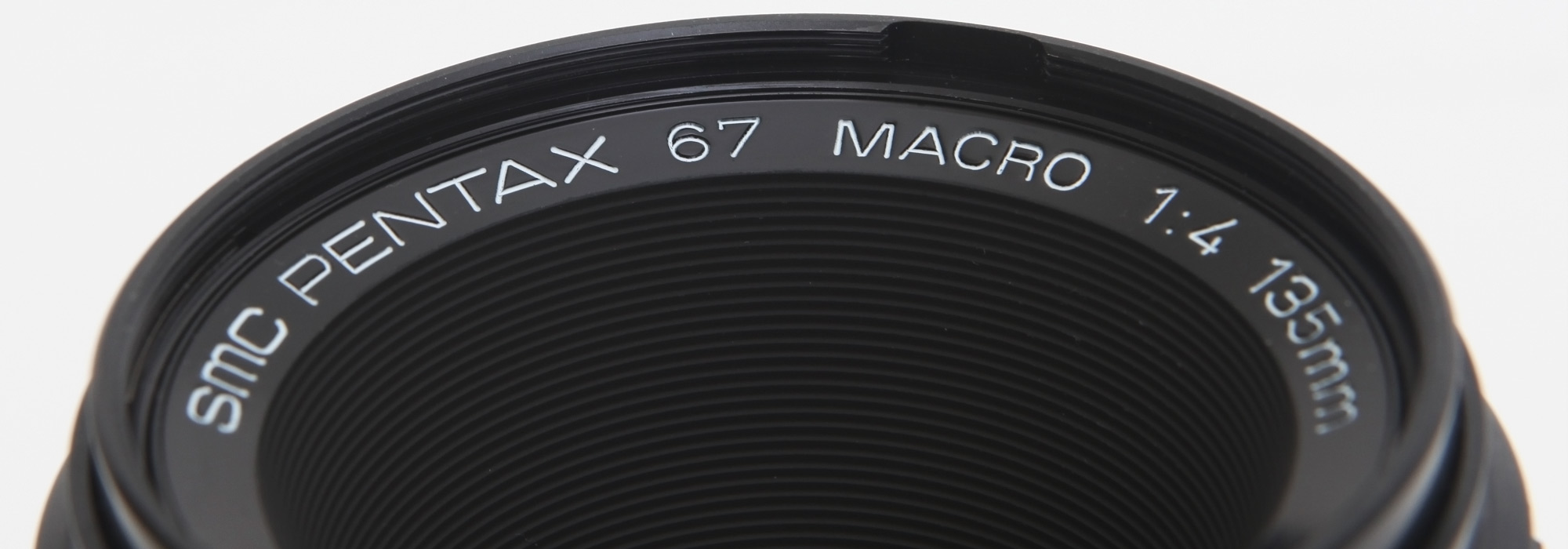
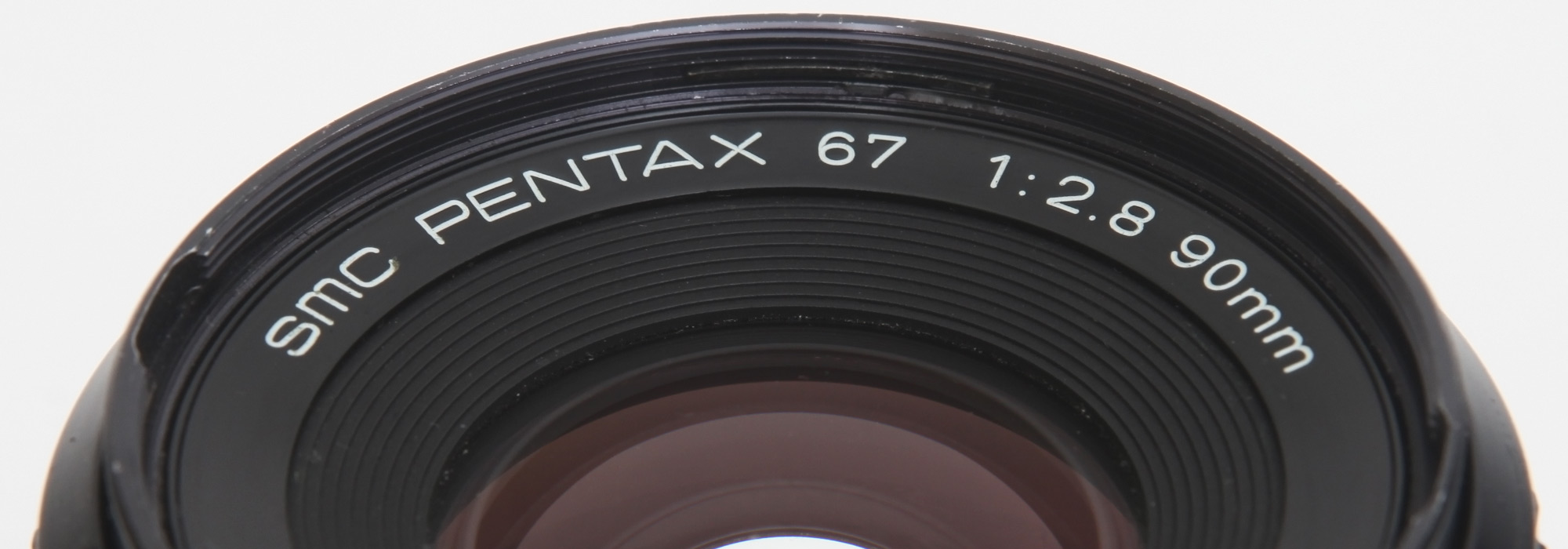
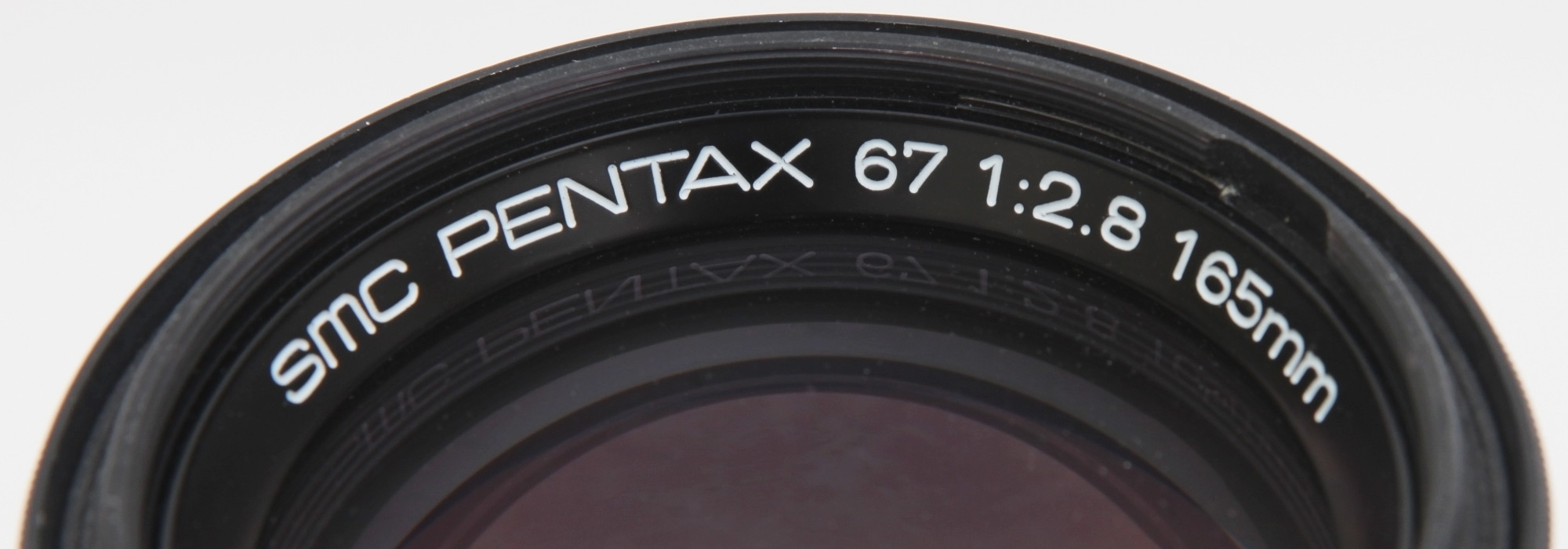
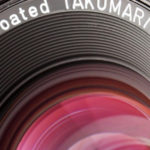
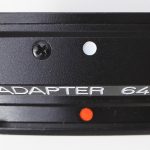
Jeff Armstrong
Do you have any portrait examples of the 105mm 2.4 while using the helicoid and reverse adapter?
Sasha Krasnov
Hello Jeff
I need to browse my archive to find some images. I rarely use ext.tube #1 for closer focusing with 105mm because I do not need greater scale by some reasons but not because “it’s a bad idea”. So, using ext.tube #1 with 105mm and ext.tubes #1 & #2 with 165mm is a common practice. All you need uis exposure compensation about 0.5EV or may be 1EV. I personally do not recommend to use helicoid extension tube – you will lose aperture coupling and it is very uncomfortable during the shooting especially wedding sessions.
And I’ve never used reverse adapter with helicoid extension tube. This combination is intended for scale 1:2 and greater. So, it gives too close focusing.
P.S. Moreover, for example, Mamiya RB/RZ 67 use bellows focusing which allows for closer focusing than any other Pentax 67 lenses. And it normal for Mamiya and it is normal for Pentax 67 to add ext.tube #1. I do not see any problem with it.extension.
Hal
Hi Sasha! Thank you sharing such detailed information!
I want to dig into shooting closeup portaits with my 67 and 105mm similar to Martin Schoeller’s way of doing it. He seems to be able to get really close, and I was wondering which tube would give me the best results for this.
How limited is the focal distance when either of the three tubes are mounted? Can I still move back a bit to get more space around the subject?
Cheers
Sasha Krasnov
Dear Hal,
Everything you need is using Extension Tube #1 (14mm). It will give a total extension of 28mm (tube + helicoid). In this case, the focusing distance would be limited to the range of 50cm ~ 100cm approx. At the closest point, you will be able to catch an area of 25x20cm I think. It should enough to take portraits similar to Martin Scholler. And of course, helicoid should be adjusted to the desired magnification.
Putting all three will limit the closest focusing distance to 20cm I guess with magnification a bit more than 1:1.
Do not forget, all distances are measured from the film plane to the subject. And I’m so sorry for the late reply but I hope this information would be helpful anyway.
Brian Powell
Sasha, thank you very much for all of the information on the P76 lenses! I’ve found it very helpful when researching which lenses to start with. I’m a portrait photographer getting into medium format now (finally). I already have ordered a 105mm, but I’m trying to figure out which method to use for tighter portraits (face only). Is there an option with extension tube or with reverse adaptor that will allow for a tighter FoV on the 105 lens?
I’m very familiar with focal lengths and minimum focus distance, but NOT familiar at all with extension tubes and other adapters.
I thought I could just purchase the 135mm macro, or the 165, etc…. but if there is a solution for the 105mm to get ‘closer’/tighter, and not have to carry another lens — that would be interesting. Although I’m sure I will want to purchase a longer lens for faces, eventually.
Thanks again! Cheers,
Sasha Krasnov
Thank you Brian! Considering your question I personally do not recommend to use reverse adapter by some reasons: a) you will need Helicoid Extension Tube at least to make lens focusable; b) also you may need Auto Extension Tube #1 or #2; b) you will loose automatic aperture stop down coupling. Usually Reverse adapter is used for macro work with maginfication ratio 1:1 or greater. If you need to shoot tigther portraits I recommend to use just Auto Extension Tube #1 for 105mm and #2 for 165 lens. It is more convinent and realible way to focus the lenses closer to the subject.
As for me… I like to use 105mm with Auto Extension Tube #1 in some cases or 135mm Macro. The last one is really underrated lens for portraits but it is very hard to focus it.
LARRY A. HOLLIS
I’ve been shooting 4×5 view cameras decided on starting back toward my Old Pentax 6×7 Had these ext. tubes for a long , long time so back to the old basic’s need to be refreshed on so much, From Ditz. to 35mm, now back to the OLD PENTAX 6×7. Thanks for your pages on these Ext. Tubes , never used them from way back then. a new day has arrived , back to new ways.
LARRY A. HOLLIS
Need information for lens: 45mm., and 55 mm. using different ext. tube for these two Lens.
Thank you so much.
Sasha Krasnov
Just added both 55mm F4 and 45mm F4 to the calculator. Enjoy!
jeremy Borsos
Thanks for the technical information. It is rare to find such succinct information that can easily be applied. Shooting 135mm pentax macro with all three rings is tricky- this helps.
Sasha Krasnov
It’s my pleasure! Thank you for the feedback!
Matthew
Thanks for this! This is very helpful (as was your repair for a sticking mirror/shutter). Do you happen to have an Excel file with the calculator? I’d love to be able to use it without internet access. If not, I’ll just make a rough cheat-sheet for the lenses I have.
Sasha Krasnov
Hello, Matthew
Thank you for the message. So, here is it, just made it 😉 Macro calculator for Pentax 67 lenses. Let me now, please, is it ok.
Eric Charles Jones
Thanks Sasha!
Rare to find such truly useful information these days on the net. I picked up these extension tubes to use with my 105mm F2.4
Sasha Krasnov
Thank you, Eric, for the feedback! You’ve made a great choice selecting 105mm F2.4
RW Reeves
Hello,
Extension Tubes with Pentax 6×7. When you use the online EV Calc Tool, why does it recommend a Lens Speed of f/8 – f/64 vs. f/5.6 to wide open? What am I missing?
Thanks,
Sasha Krasnov
Hi,
Because extending the lens more than a helicoid extension length leads to the loss of the lens speed. This range means actual aperture values of the lens while extending it. Typically this compensation is needed with Extension Tubes. But for some lenses having the ability to extend closer than on the distance of 10 focal lengths, it would be a good idea to add exposure compensation too or keep in mind actual aperture values would correspond to slower ones.
Richard
Hello, Sasha:
After estimating the exposure factor, the shutter speed has got into the range which I should compensate for the reciprocity.
In my case, better to make-up more light for a color negative with around 1-2 sec exposure time to keep low light details specially in high contrast close-up shoot
Should I make longer exposure time for longer tube extension ?
And the loss of light density is due to the longer tube, am I right ?
thanks !
Sasha Krasnov
Hello Richard,
yes, should make exposure compensation. The more you extend the lens, the more exposure compensation is required. And, yes, you need additional compensation for the reciprocity failure (Schwarzschild law). But it depends on the film. For instance, shooting on Fomapan 100 with a shutter speed slower 1/10 sec requires exposure compensation. I think you need to check the film specs for details about the reciprocity failure adjustments.
Chris
I’ve recently purchased the auto extension tubes however my ttl meter doesn’t seem to be working with these. I’ve tried switching my 105mm lens to manual and auto and no dice. Ttl works fine with no tubes attached. Has anyone had experience with this?
Sasha Krasnov
Hi! It’s Ok, TTL-meter shouldn’t work with extension tubes because they don’t have meter coupling lever, the have only the stop-down lever.
STANISLAVS
Важный момент: если TL замер не работает с удлинительными кольцами, то возникает вопрос относительно каких показаний вводить компенсацию? Взять тот же Seconic L308, у него четыре возможности замера: два через сферу падающий и отражённый и два без сферы падающий и отражённый. Результаты по всём замерам существенно разные! Я делал много подходов, сравнивая с замерами TL на плёночной и цифровой технике, чтобы понять каким режимом пользоваться, и не пришёл к однозначному пониманию. В итоге пользуюсь маленьким китайским экспонометром DOOMO, который покупал для плёночной дальномерки Canon P и по крайней мере он показывает сопоставимые результаты с другими камерами.
STANISLAVS
Да и потом негативная плёнка легко “переваривает” +0.5… 1.0eV, поэтому такая математическая точность при использовании удлинительных колец в большинстве случаев не нужна. На тонких кольцах 14 или 28 мм ставите + 0.5, на более толстых +1.0eV. Для позитивной плёнки с экспозамером конечно всё сложнее.
Sasha Krasnov
Я всегда делаю замер по падающему свету. У меня флешметр Polaris, который со мной уже лет 25, и не подводил. Это практически полный аналог Sekonic 308. Не буду утверждать на счет Секоника, но в моем флешметре замер со сферой — это всегда падающий свет, а без сферы — всегда отраженный. И конечно падающий дает несколько увеличенную экспозицию, это нормально, света на сенсор попадает же меньше. В случае съемки на негативную пленку это почти всегда хорошо, потому что негатив будет получаться более плотным — проще будет печатать.
Падающий свет без сферы чисто технически можно замерить, но это будет неправильная экспозиция. Замер отраженного света со сферой также будет давать неправильную экспозицию. В первом случае правда сильную недоэкспозицию, а втором сильную переэкспозицию. В любом случае второй вариант негатив выдерживает гораздо легче. Вообще я отраженный свет крайне редко измеряю, как правило когда подойти к объекту съемки не могу. В идеале для замера отраженного света нужен спотметр или специальная узкоугольная насадка — на мой Polarisона точно есть, на Sekonic кажется тоже.
StanislaVS
Александр, все верно: падающий измеряем со сферой, а отраженный без сферы. Но результаты имеем разные и они никогда не совпадают с TL замером через пленочную или цифровую технику. Я наэкспериментировался с этим, испортил кучу кадров, поэтому теперь пользуюсь в качестве контроля DOOMO, который сидит не левой рукоятке P67 (этот DOOMO, кстати, является копией Voigtlander). Ну и когда есть возможность тупо делаю пробные кадры-замеры-дубли на цифру. Что касается Sekonic 308L, то как флешметр с импульсным светом он работает лучше.
Sasha Krasnov
Я бы лично пользовался чем-то одним и просто корректировал экспозицию в соответствии с результатом. Думаю рано или поздно будет понятно, занижает или завышает экспозицию конкретный экспонометр. У внешнего экспонометра типа Sekonic L-308 или моего Polaris угол замера отраженного света полагаю существенно шире, чем у центрально-взвешенного пятна TTL-призмы. Удивительного в том, они дают разные показания ничего нет. К тому же, если использовать постоянный свет и достаточно большие значения диафрагм, то выдержки будут по несколько секунд получаться скорее всего. И, в данном случае для пленки весьма вероятно, что надо вносить корректировку на эффект Шварцшильда, который например для пленок Foma наступает уже с 1 сек — надо дополнительно открывать диафрагму на 1-1.5 ступени, а с 10 сек на 3 ступени! Для Kodak и Fuji это не так важно. Там, если мне не изменяет память, этот эффект вступает в силу с существенно более длинных выержек. Для импульсного света это конечно значения не имеет. Вопрос только в том, как и на что снимаете вы. На мой взгляд тут лучше перестраховаться и переэкспонировать, будет более плотный негатив, проще будет печатать, если вы занимаетесь аналоговой печатью.
Stanislavs
Александр, думаю вам
в этом блоге нужно раскрыть предназначение двух маленьких углублений, которые находятся справа от призмы сверху на рычажке включения- выключения внутреннего экспонометра!
Sigourney Juneau
Thanks for your spreadsheet 😀 I just got extension tubes for my 135mm f4, can’t wait to try. I think I managed to extend the calculations on your spread sheet to compensate for different fstops with 3 tubes and full extension. I got
8.1 4
11.4 5.6
16.3 8
22.4 11
32.6 16
44.8 22
65.2 32
I have a very specific flower in mine to try this with tomorrow morning 🙂
Sasha Krasnov
Did you try extension tubes and calculator?
Markus
Sasha, thank you for this collection of useful information about the Pentax 67.
I’m a little confused using the exposure compensation calculator for the extension tubes. (I have the 90mm lens)
In the helicoid value field, why does it say “of 18mm”?
And, when using the “up/down” arrows to increase or decrease the shutter speed value, why does it only allow for values equal to or greater than 1 second?
Thanks!
Sasha Krasnov
Hi Markus,
thank you for visiting my website! Considering your questions:
1) “of 18mm” because 18mm is the maximum helicoid extension for the 90mm lens. So, “0 of 18mm” equals setting the lens to infinity, and “18 of 18mm” is equal to the closest distance of the 90mm lens. When a lens is extended even with a focusing helicoid exposure compensation might be also needed. It depends on the focal length and helicoid extension capabilities. As for the 90mm lens, it is good to apply an exposure compensation of +0.5EV at the closest distance. During shooting a macro with extension tubes a lens typically sets to infinity. But you may require a bit more extension provided by the tube(s). This achieves by additional extending a lens with the focusing helicoid to get more magnification. That is why the “helicoid extension” value field is present.
2) The calculator was made to work with macro photography, and I decided that a shutter speed faster than 1 sec is quite unlikely. Anyway, you can manually enter 0.5 instead of 1/2 sec, 0.25 instead of 1/4 sec, etc.
Dennis
Sasha,
Great info about the extensions and their affect on exposure.
Has anyone tried the 55-100 or the 90-180 zooms? Or will they work with the tubes?
Thanks
Dennis
Sasha Krasnov
Hi Dennis,
both lenses can be used with extension tubes, but I believe the 90-180mm would be more suitable for close-up and macro work.
Glad you found the article helpful!.